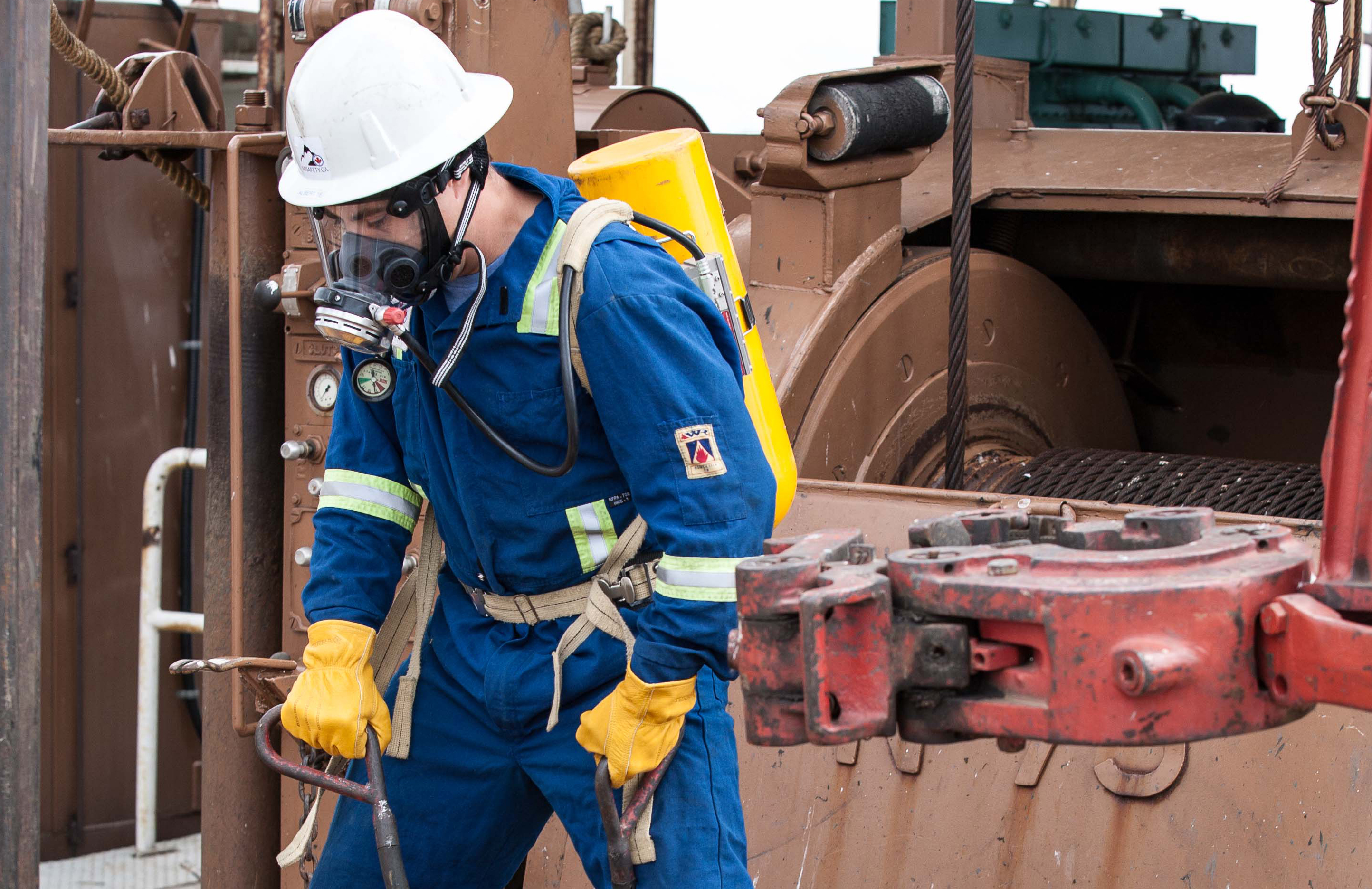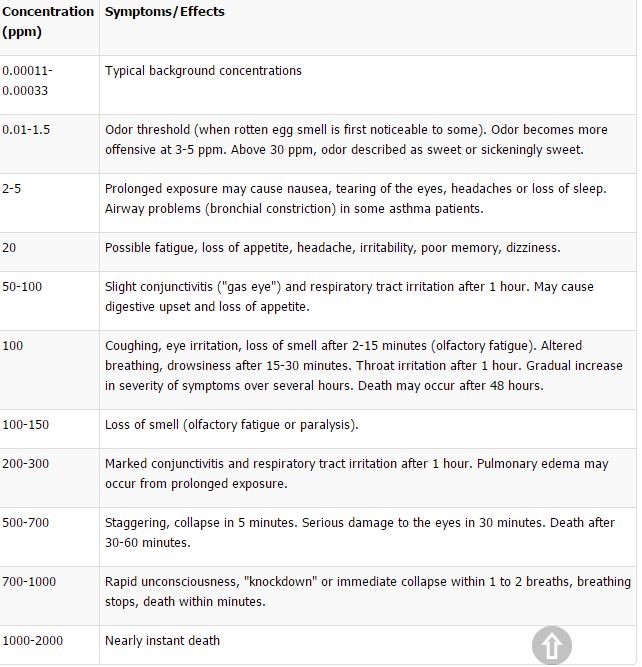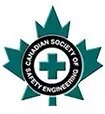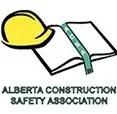Posted: Nov 12 '15

Some jobs carry risks, especially working in the petroleum industry. Workers face possible exposure to hydrogen sulphide (H2S), a tasteless, colorless flammable gas. Exposure to H2S, even in minute amounts, can be fatal. While it is often hard to detect the gas there are ways to minimize the exposure and effects through H2S safety training in Edmonton.
Hydrogen sulphide, also known as sewer gas, stink damp, or swamp gas due to its rotten egg odor occurs naturally in petroleum, natural gas, and even in hot springs. The drilling and refining of petroleum products can produce the gas in quantities that can be deadly. The gas, which is heavier than air will collect in low-lying, enclosed, and poorly ventilated areas. For workers in confined spaces, inhaling the gas can mean imminent danger as it is quickly absorbed by the lungs.
Although the gas has a distinct odor, continual exposure to low levels can deaden a person's sense of smell, making it difficult to detect. With proper H2S training, Edmonton workers can quickly identify symptoms, evacuate, and begin to treat symptoms until medical intervention is available.
There is a range of effects even the smallest amounts of hydrogen sulphide can generate. Here is a rundown of amounts present and the reaction that occurs*:

Exposure can occur in one of three forms, each requiring different response that should be learned in detail through H2S training, such as the Enform H2S Alive safety training course offered by MI Safety in Edmonton. Whether its inhalation, skin contact, or eye contact exposure to this hazardous gas is not to be taken lightly.
Quick response involving removing the victim from the contaminated area, keeping them still, and removing any clothing that may contain any of the liquified gas is the first order of business. Flushing contact sites with lukewarm water, administering emergency oxygen or even beginning artificial respiration, cardiopulmonary resuscitation (CPR) or automated external defibrillation (AED) should be performed by trained personnel. Anyone exposed to hydrogen sulphide should ultimately be transported to an emergency medical facility. In the case of lower level exposure, victims should at least consult a doctor because some symptoms of exposure could take hours to manifest.
Take precautions with any victim exposed to more than 500ppm or higher as their clothing, skin, or exhaled air could pose a threat to responders.
H2S safety training from MI Safety in Edmonton can provide employees the tools necessary to identify a hazardous situation, respond accordingly, and to begin emergency treatment. While detection devices and monitors greatly aid in identifying hazardous conditions, proper safety training is a workers main line of defense in areas where moments can be the difference between life and death. Contact us for course availability.
REQUEST INFO ON OUR COURSES



